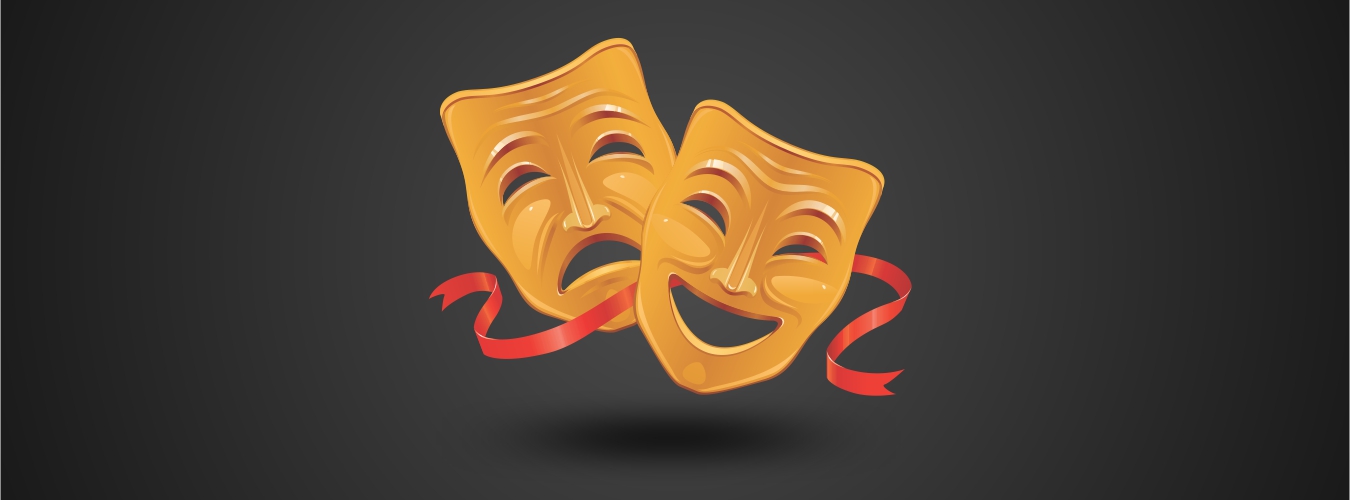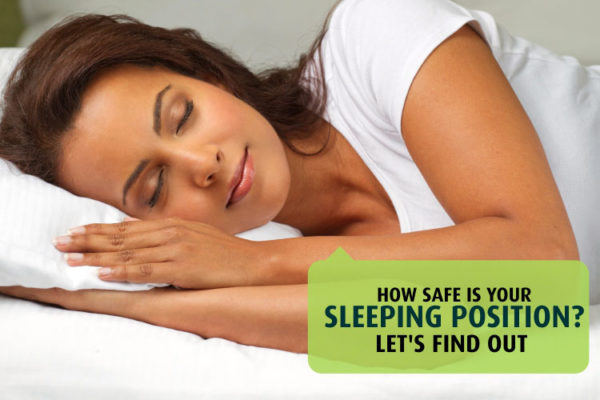No matter how we crash on the bed at night, we usually find ourselves in a particular sleeping position in the morning. This means our body is comfortable with that posture which makes us sleep like a baby.
While each one of you may have a default sleeping position, lying still in one position can affect your health in the long run while sleeping right can save you from many health complications.
So let’s explore some common sleeping positions and their health related aspects.
Contents
The Soldier position
Lie straight on your back, arms at your side
Pros: Ideally the best for your body if you have neck or back pain.
It keeps your head, neck and spine aligned as it avoids any unusual body curves. People suffering from acid reflux can find relief from this position as their head is rested on a pillow.
Cons: Those who snore should avoid this posture, as it blocks your airways in which case it might get worse. Moreover, it may trigger sleep apnea[1], where you tend to breathe intermittently and wake up.
The Starfish Position
 Lie on your back, with arms stretched out towards your head
Lie on your back, with arms stretched out towards your head
Pros: Like the soldier position, it keeps your body aligned. The only difference is that instead of your arms at your sides, you stretch it out towards your head.
Cons: Again, sleeping in this position can aggravate snoring and sleep apnea. Sleeping longer in this position can add pressure on your shoulders and can cause pain and discomfort.
The Free fall Position
Lie on your stomach with arms over your head
Pros: Had a heavy dinner? Sleep in this position for the night.
It prevents acids in the stomach from traveling to your food pipe, and also decreases pain in case of heart burn.
Cons: On the contrary, this position is considered as the worst of all by health experts. With your neck twisted on one side, and your body forming an unnatural curve, it causes neck pain and body ache.
Sleeping on your chest also puts unnecessary pressure on the lungs which can reduce your oxygen intake.
The Fetal Position
 Curled up on either side, chin down, knees up
Curled up on either side, chin down, knees up
Pros: Most common among children and adults alike, this position is ideal for pregnant women[2], if curled up towards the left. It improves the flow of blood and nutrients that reach the baby.
Cons: Curling up too tight can damage your spine and restrict blood flow. Avoid this position otherwise.
It can restrict the breathing movement of your diaphragm, hence obstruct deep breathing.
The Log Position
Sleep straight on one side, arms on your side
Pros: Good position, as it sets your spine straight and maintains the natural curve. Comfortable posture for snorers, pregnant women and those with back pain.
Cons:This position can cause neck pain, so support it with a thick pillow.
Also, your top leg can slide down during sleep which can lead your spine to rotate causing hip pain.
The Yearner Position
 Sleep on either side, with arms stretched out in front
Sleep on either side, with arms stretched out in front
Pros: A variation of the log position, has same advantages such as keeping the spine aligned. Sleeping on the left side can ease heart burn and acid reflux.
Sleep on the side also reduces your chance of waking up in the middle of the night, as it is a comfortable position
Cons: Sleeping with your arms stretched out can add pressure on the shoulder nerves and restrict blood flow, thus causing pain.
Closing tips
- Now, that you know the pros and cons of these sleeping postures, pick one which suits your situation or medical condition. However, do not stick to it. Keep altering your position during the night or else it will restrict your blood circulation and cause pressure on particular joints.

- Support your body with a pillow if you experience pain. If you are a side sleeper, place it between your knees, and back sleepers place it below the arch of the spine to sleep pain free.
- Also, go for a mattress which is neither too firm nor too soft so that it offers the proper support and cushioning at the same time.
- Try sleeping on a hammock for a change. Benefits? Zero pressure points, yes. When you lie in the hammock without making contact with any mattress, and you do not need to worry about any joint pain. No more toss and turn throughout the night. However, do consider the right size and angle of the hammock.
Do let us know if you find this information useful and share your tips with us. Till then, sleep well to live well!
Stay tuned for my next post on Sleep and Personality Type.
Until then, you can also read Tips To Sleep Better
Reference: [1]Kavey, N., Blitzer, A., Gidro-Frank, S., & Korstanje, K. (1985). Sleeping position and sleep apnea syndrome American Journal of Otolaryngology, 6 (5), 373-377 DOI: 10.1016/S0196-0709(85)80015-6. ^Back to Top^ [2]Farine D, & Seaward PG (2007). When it comes to pregnant women sleeping, is left right? Journal of obstetrics and gynaecology Canada : JOGC = Journal d'obstetrique et gynecologie du Canada : JOGC, 29 (10), 841-2 PMID: 17915068. ^Back to Top^







Comments are off this post!